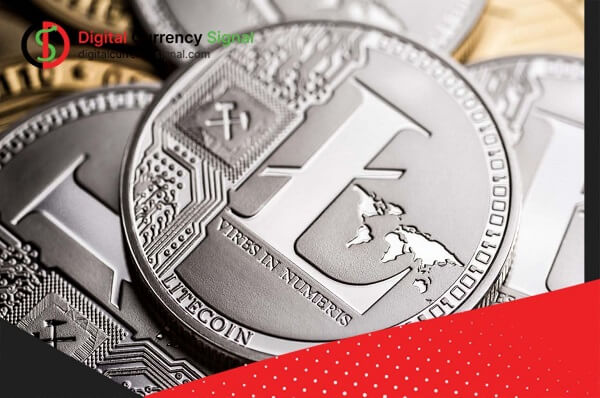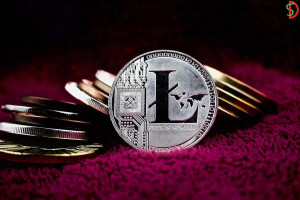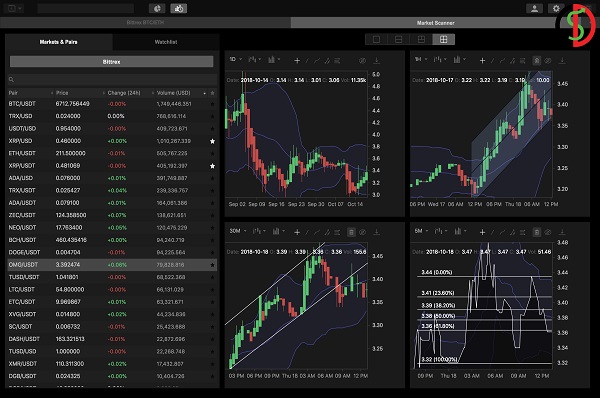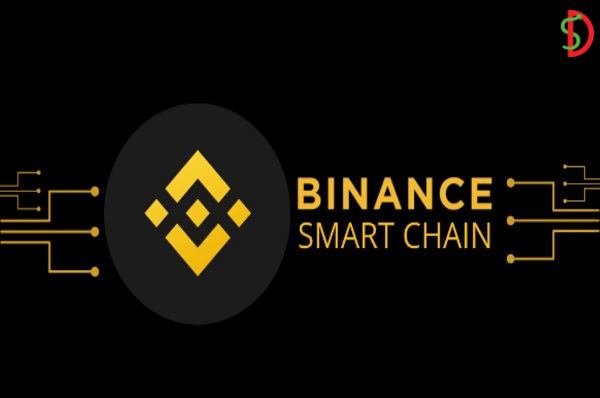Litecoin digital currency is a faster and more realistic version of Bitcoin that allows users to transact. Litecoin is implemented on the Litecoin network, which is very similar to Bitcoin. One of the similarities between Bitcoin and Litecoin is that both use a proof-of-work algorithm and both of these cryptocurrencies have a halving. Halving means halving the cryptocurrency mining reward for miners. To this end, in this article, we try to provide you with information about the Litecoin halving, explore the history of the Litecoin halving, and explore the impact of the halving on the price of Litecoin.
What is Litecoin Halving?
We can answer this question by saying that the Litecoin blockchain releases new LTC tokens every 2.5 minutes. The Litecoin Halving, which happens every 4 years, marks the day when the value is halved. Keeping the formula in mind, the amount of new LTC released in 2015 has been reduced from 50 to 25 based on seniority. Similarly, in 2019, that number dropped from 25 to 12.5. Interestingly, after the Litecoin halving, the amount of new LTC produced per block will decrease by 50%, resulting in a decrease in Litecoin supply. According to the principle, A reduced supply together with constant demand will raise the price.
Given that the halving will reduce the supply of Litecoin relative to its constant demand, experts expect its price to rise as in previous periods. A halving is considered a bull event because the new supply to the market is halved during this event.
What is halving?
Bitcoin halving is the process of halving the reward for mining each block; This reward is the share of the miner who mined the new Bitcoin block. The word “Dar” is derived from the word “Nasef”, which is derived from the word “Half”. The first Bitcoin halving took place in 2012. The reward was reduced to 25 and after that, in 2016 the reward of miners reached 12,5 bitcoins; The last halving took place in 2020 and now the miners are working by getting 6.25 bitcoins. This process will continue until 2140; In the latter half, miners are only rewarded with a few satoshis, after which no new blocks are created.
The question that arises now is the next halving, which will happen in the future and in 2024, and the wages of miners will be reduced to 3,125 bitcoins. Given the power consumption, who is willing to continue mining Bitcoin?
Impact of Halving Litecoin Price
There is a lot of historical evidence that halving affects prices in the long term, and when the time of this event arrives, we can expect another predictable trend, including a rise in prices in the medium term. While many investors are waiting for the future Litecoin to halve, some others are spending their capital to buy Litecoin digital currency, hoping that shortly, they will be able to sell it at a higher price on an uptrend and make a profit. With the high promotion of this protocol and its community, we can expect a rush to buy at any moment.
Note that one of the revolutionary features of Litecoin is its anti-inflation model. This means that the amount of Litecoin mined will decrease over time. Litecoin is halved every 4 years and the supply of this digital currency is halved accordingly. Therefore, it decreases from time to time. In other words, halving the Litecoin code is a networking event, and accordingly, the reward paid to miners will be reduced by 50%.
Litecoin Halving History
Litecoin digital currency was launched on October 7, 2011. Over the past 12 years, Litecoin has had two halves, and a third half is imminent. Litecoin’s first halving took place on August 25, 2015. In this halving, Bitcoin mining rewards were reduced from 50 coins to 25 coins. Here we look at the history of the Litecoin halving.
Litecoin Halving in 2015
The first halving of the digital currency Litecoin took place in 2015. At that time, the market was significantly shaken, not only during the halving period but also with strong price fluctuations in the months before and after. The price of Litecoin rose a lot up to a month before the halving and remained almost constant for a long time after the halving. Many users bought half of Litecoin in the last month and because of this, the price went up.
Having Litecoin 2019
It is interesting to know that in 2019 Litecoin (LTC) saw another halving. At the time, based on a familiar pattern, Litecoin had a price rally a month before the halving and then saw a stable price after the price bubble was removed. In 2019, Litecoin showed a similar halving process to 2015, and traders were busy buying Litecoin digital currency before the halving.
Having Litecoin 2023
If you use the information obtained so far You conclude that 40 days before the halving, Litecoin has seen one of its price peaks and then the price has dropped tick. Litecoin can be predicted to grow a lot in the remaining months until the halving and even experience its highest price in 2023. If you want to know how much Litecoin is left until the next halving, click this link.
Conclusion
Litecoin digital currency is a faster and more efficient version of Bitcoin that allows users to make transactions. Litecoin is a digital currency implemented on the Litecoin network, similar to Bitcoin. One of the similarities between Bitcoin and Litecoin is that they both use the proof-of-work protocol and of course, both currencies have halvings. Equity is the reduction of cryptocurrency mining costs for the miner to support the value of the digital currency and its value. The halving of Litecoin happens exactly every four years and causes extreme fluctuations in the price of Litecoin. Litecoin halvings include 2015, 2019, and 2023. You can make a good profit by buying Litecoin in a bear market because the halving is very important for many traders in the cryptocurrency market.





